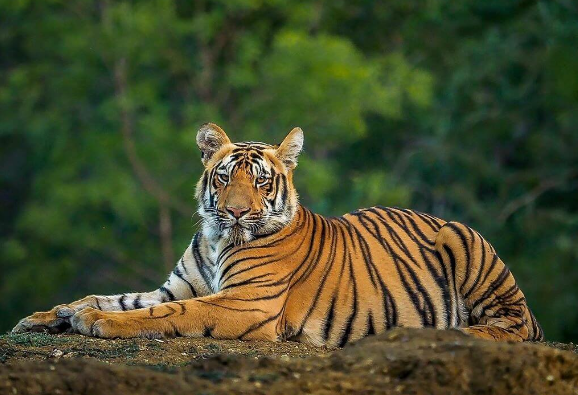The Bengal Tiger: A Majestic Symbol of the Wild
The Bengal tiger, a magnificent creature known for its striking orange coat and black stripes, holds a crucial place in both nature and culture. As one of the most recognizable big cats in the world, it serves as a powerful icon of wildlife conservation. Understanding the importance of the Bengal tiger can inspire efforts to protect this incredible species and its dwindling habitat.
The Habitat of the Bengal Tiger
Bengal tigers primarily inhabit the grasslands, mangroves, and forests of the Indian subcontinent. Their geographical range includes countries like India, Bangladesh, Nepal, and parts of Bhutan. These tigers are highly adaptable, thriving in varied ecosystems, from dense jungles to open grasslands. However, their habitat is increasingly threatened by human activity, including deforestation and urban expansion, which disrupts their natural environment and food sources. Recognizing these challenges is essential for developing effective conservation strategies that support both the tigers and their habitats.
Behavior and Diet
Bengal tigers are solitary animals known for their stealth and strength. They exhibit nocturnal behavior, primarily hunting at night when they are most active. Their diet mainly consists of large prey, such as deer and wild boar, but they are opportunistic hunters and will adapt their eating habits based on available resources. This adaptability is crucial for their survival in changing ecosystems. Unfortunately, shrinking prey populations due to habitat loss further threaten their existence. Education about their hunting habits can help mitigate human-wildlife conflict and promote coexistence.
Conservation Efforts
Conservation organizations and governments around the world are working tirelessly to protect Bengal tigers and their habitats. Initiatives such as the Project Tiger in India have made significant strides in increasing tiger populations through habitat preservation and anti-poaching measures. Community involvement is vital for these efforts’ success; local populations must understand the benefits of protecting wildlife. Engaging communities fosters a sense of ownership that promotes conservation efforts and helps secure the future for Bengal tigers.
In conclusion, the Bengal tiger is more than just a beautiful animal; it is a vital part of our ecosystem that needs protection. By learning about their habitat, behavior, and the ongoing conservation efforts, we can become better advocates for this majestic species. Come join the journey of understanding and protecting the Bengal tiger – every small action counts!

